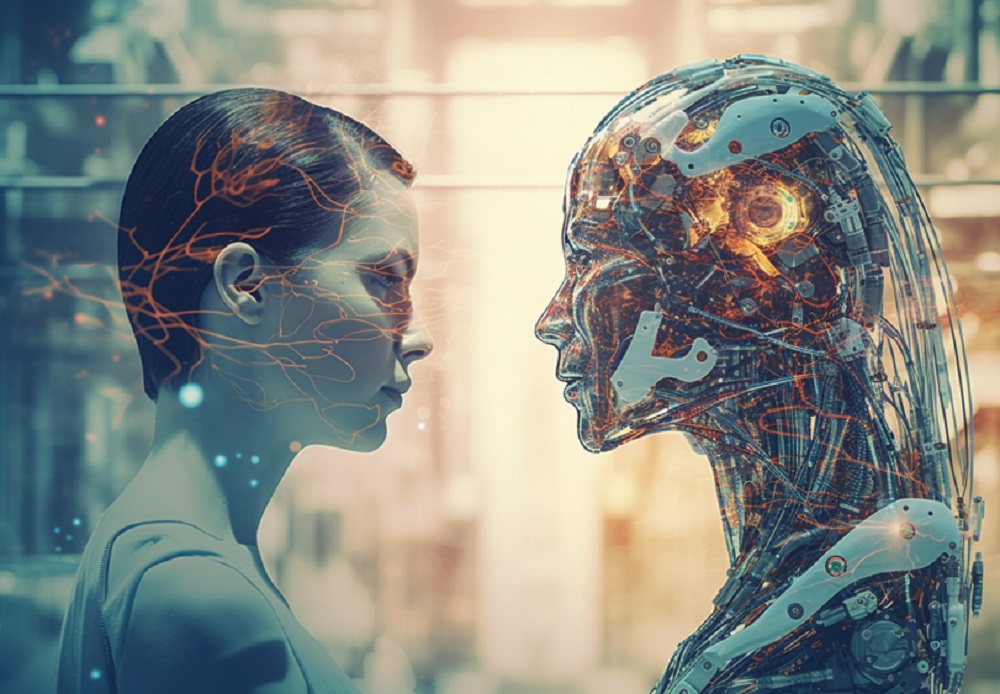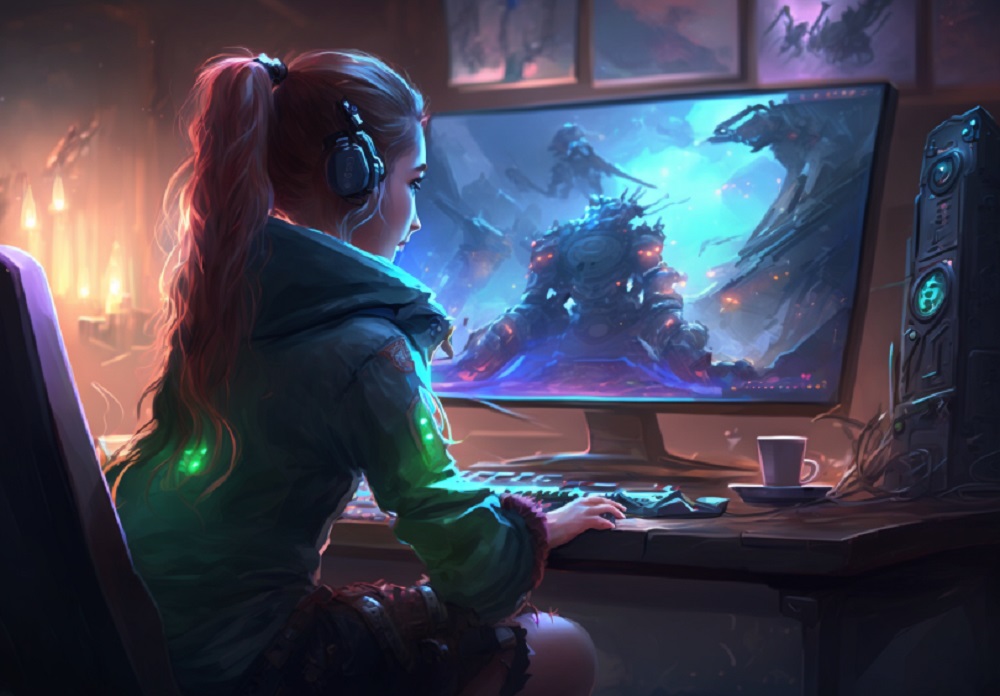Exploring AI Storytelling Techniques
Table of Contents
- Introduction to AI Storytelling
- AI Story Generation Techniques
- Rule-Based Systems
- Symbolic AI
- Neural Networks and Deep Learning
- Key AI Storytelling Models
- GPT-3
- BERT
- Transformer Models
- AI-Assisted Writing Tools
- AI and Interactive Fiction
- AI in Screenwriting and Film
- Collaborative AI Storytelling
- AI-Generated Art and Visual Narratives
- Evaluating AI-Generated Stories
- Ethical Considerations in AI Storytelling
- Challenges and Limitations of AI Storytelling
- Future Developments and Potential
- Conclusion
1. Introduction to AI Storytelling
Artificial intelligence (AI) has transformed numerous industries, and the world of fiction is no exception. AI storytelling techniques have the potential to revolutionize the way stories are created, experienced, and shared. This comprehensive guide delves into the cutting-edge AI storytelling techniques, tools, and future developments shaping the fiction landscape.
2. AI Story Generation Techniques
2.1 Rule-Based Systems
Early AI storytelling efforts involved rule-based systems, in which predefined rules and templates were used to generate stories. Although limited in scope, these systems laid the groundwork for more advanced AI storytelling techniques.
2.2 Symbolic AI
Symbolic AI, or GOFAI (Good Old-Fashioned AI), relies on symbolic representations of knowledge and logic-based reasoning to create stories. These systems often incorporate expert knowledge from writers and use semantic networks to represent relationships between story elements.
2.3 Neural Networks and Deep Learning
Recent advancements in AI storytelling have been driven by neural networks and deep learning techniques. These models, such as GPT-3, learn patterns and structures from large datasets of text, enabling them to generate more diverse and complex stories.
3. Key AI Storytelling Models
3.1 GPT-3
GPT-3 (Generative Pre-trained Transformer 3) is a state-of-the-art language model developed by OpenAI. Capable of generating human-like text, GPT-3 has been used to create a wide range of AI-generated stories, from short fiction to full-length novels.
3.2 BERT
BERT (Bidirectional Encoder Representations from Transformers) is a pre-trained language model developed by Google. Although primarily designed for natural language understanding tasks, BERT has also been used in AI storytelling applications.
3.3 Transformer Models
Transformer models, which underpin both GPT-3 and BERT, have revolutionized AI storytelling. Their unique architecture, which incorporates self-attention mechanisms, allows them to capture long-range dependencies and generate more coherent and contextually relevant stories.
4. AI-Assisted Writing Tools
AI storytelling techniques have given rise to a variety of AI-assisted writing tools that help writers generate ideas, draft content, and edit their work more efficiently. Some examples include:
- OpenAI's ChatGPT: A powerful AI language model that can assist with various writing tasks, from brainstorming ideas to generating paragraphs of text.
- Grammarly: A writing assistant that uses AI to provide grammar, spelling, and style suggestions, helping writers improve the quality of their work.
- Sudowrite: An AI-powered tool that helps writers overcome writer's block by suggesting alternative phrases, sentences, and paragraphs based on their input.
5. AI and Interactive Fiction
AI has the potential to transform interactive fiction, allowing for more dynamic, responsive, and personalized storytelling experiences. Examples include AI-driven branching narratives, procedurally generated story worlds, and AI characters with complex emotions and motivations.
Some games working on AI-driven interactive fiction include:
- AI Dungeon: A text-based adventure game powered by OpenAI's GPT-3, where players can interact with the AI to create their own unique stories.
- Prom Week: A social simulation game that uses AI to model complex character relationships and emotions, resulting in a dynamic and engaging narrative experience.
- Facade: An interactive drama that utilizes AI to generate real-time dialogue and character behavior, allowing players to interact with the story in a more immersive way.
6. AI in Screenwriting and Film
AI storytelling techniques are also being applied to screenwriting and film production. Some examples of AI's impact on the film industry include:
- ScriptBook: An AI-powered script analysis tool that can predict a screenplay's financial and critical success, helping producers make more informed decisions about which projects to greenlight.
- Sunspring: A short film entirely written by an AI, showcasing the potential for AI-generated screenplays and the creative possibilities they offer.
- Benjamin: An AI-created trailer for the movie "Morgan," demonstrating the potential for AI to automate aspects of the filmmaking process.
7. Collaborative AI Storytelling
Collaborative AI storytelling involves human writers and AI working together to create compelling narratives. This approach leverages the strengths of both human creativity and AI's ability to generate vast amounts of content, resulting in richer, more diverse stories.
8. AI-Generated Art and Visual Narratives
In addition to text-based storytelling, AI is also being used to generate art and visual narratives. Techniques such as style transfer, generative adversarial networks (GANs), and deep learning-based image synthesis are enabling the creation of AI-generated illustrations, comics, and animations that complement AI-generated stories.
Some examples of AI-generated visual storytelling include:
- The Next Rembrandt: A project that used AI to generate a new painting in the style of the Dutch master Rembrandt, showcasing the potential for AI-generated art to complement AI-generated stories.
- Comics generated by GANPaint Studio: A tool developed by MIT researchers that uses generative adversarial networks (GANs) to create comic panels and visual narratives based on user input.
- SHELL: An AI-generated animation created using deep learning techniques, demonstrating the potential for AI-generated visual storytelling in the realm of film and animation.
9. Evaluating AI-Generated Stories
Assessing the quality of AI-generated stories is a complex task, with several examples of both successful and less successful attempts. Factors to consider include coherence, creativity, originality, and emotional impact. Both quantitative and qualitative evaluation methods, as well as human feedback, play a crucial role in determining the success of AI-generated stories.
Examples of AI-generated stories that have garnered attention include:
- "Sunspring": A short film written by an AI, which, despite its unconventional dialogue and plot, demonstrates the creative potential of AI-generated narratives.
- "1 the Road": An AI-generated novel inspired by Jack Kerouac's "On the Road," showcasing the ability of AI to generate text that mimics a specific author's style.
- "Harry Potter and the Portrait of What Looked Like a Large Pile of Ash": An AI-generated Harry Potter fanfiction that, while not entirely coherent, has entertained readers with its bizarre and humorous content.
10. Ethical Considerations in AI Storytelling
AI storytelling raises various ethical concerns, including:
- Plagiarism and intellectual property rights
- Bias and stereotyping in AI-generated content
- The potential loss of human authorship and creativity
- Privacy concerns related to the use of personal data in AI-generated stories
Addressing these ethical challenges is essential for the responsible development and use of AI storytelling technologies.
11. Challenges and Limitations of AI Storytelling
Despite significant advancements, AI storytelling still faces several challenges and limitations, such as:
- Generating truly original and creative content
- Ensuring long-term coherence in AI-generated narratives
- Developing AI models capable of understanding and generating complex emotions and character motivations
- The computational resources required for training and deploying large-scale AI models
12. Future Developments and Potential
As AI storytelling techniques continue to evolve, we can expect to see:
- Improved AI models capable of generating more creative, coherent, and emotionally resonant stories
- The convergence of AI-generated text, art, and audio to create fully immersive storytelling experiences
- Greater collaboration between human authors and AI, leading to new forms of hybrid storytelling
- The emergence of AI-driven storytelling platforms that facilitate personalized, dynamic, and interactive narratives
Some examples of future possibilities include:
- Project December: An AI-driven platform that enables users to create and share interactive stories, with the potential to revolutionize how we experience narrative content.
- EmoGen: An AI model that focuses on generating emotionally resonant stories by understanding and manipulating the emotional arcs of narratives.
- AI-powered virtual reality (VR) experiences: Combining AI-generated stories with immersive VR environments, allowing users to fully experience and interact with AI-generated narratives in real-time.
These examples showcase the potential of AI storytelling to transform the way we create, experience, and share stories in the future.
13. Conclusion
The future of fiction is undoubtedly intertwined with AI storytelling techniques. As AI models and technologies continue to advance, they will unlock new possibilities for creating diverse, engaging, and immersive stories. By embracing the potential of AI storytelling while addressing its challenges and ethical implications, we can shape a future where AI and human creativity collaborate to enrich the world of fiction.






